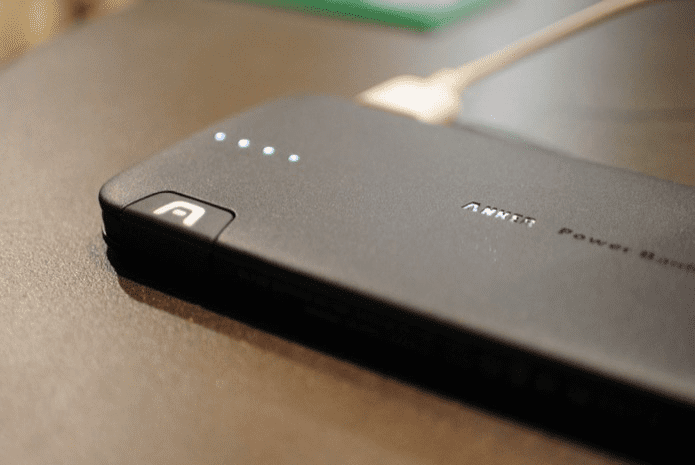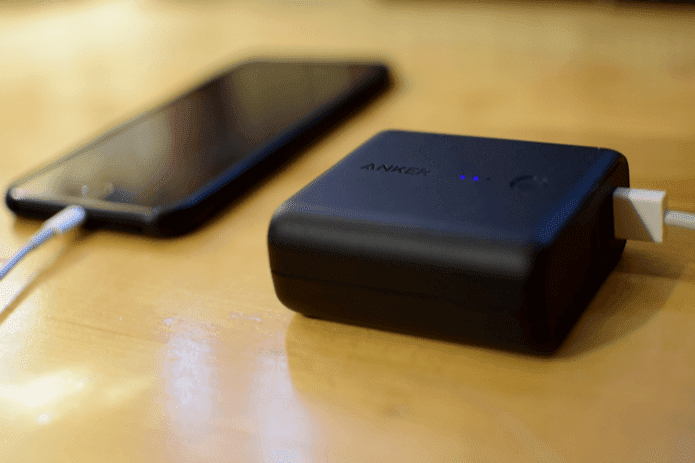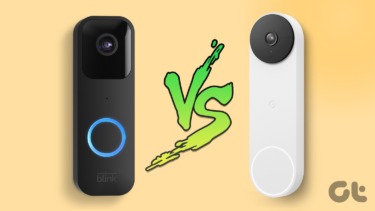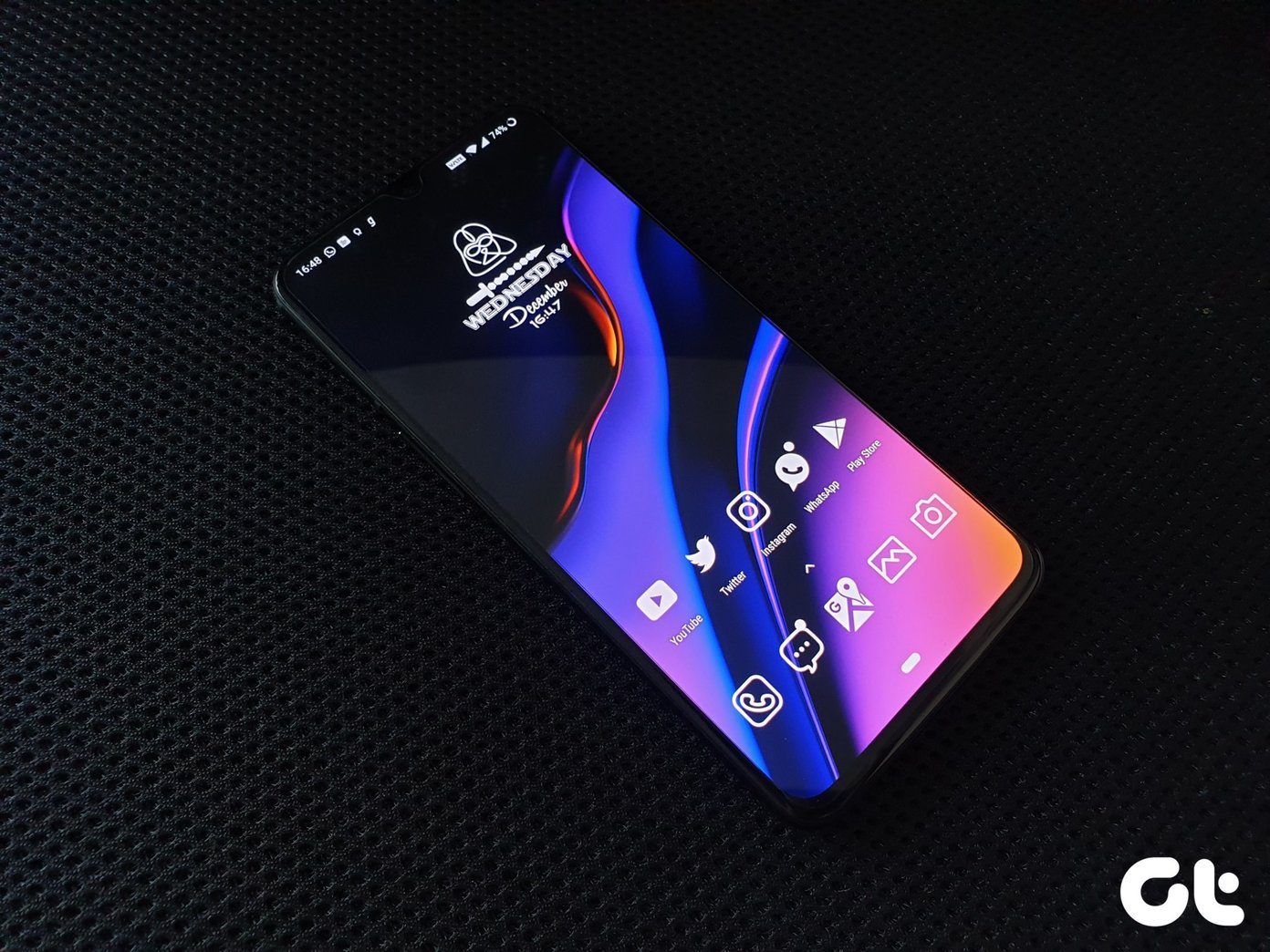If you can relate to this, you’ve probably considered getting a battery case for your phone or just a portable power bank. But battery cases add bulk to your smartphone and power banks just add bulk to your belongings. However, they can provide substantially longer battery life so you don’t have to constantly search for an outlet when you’re out and about. So which is the better solution for busy folks who want more juice?
Pros of Battery Cases
The easiest feature to see about battery cases is that they’re much slimmer than power banks. They wrap around your smartphone and as a result, don’t add any extra weight to your belongings and luggage when you’re traveling. They do add weight to the phone itself, but how much weight they add is entirely up to the one you choose. There are some pretty slim battery cases on the market that are barely noticeable wrapped around a phone. Another great feature of battery cases is that unlike power banks, they go wherever your phone is. Sometimes you might leave a power bank in a car or bag and forget it. Even if it’s in a bag, the inconvenience of having to reach in and tether your phone to something can be a deal breaker for some. Battery cases suffer no such annoyances. The last pro only applies to some battery cases. That is battery cases don’t need to be separately charged. Some of the older models do require separate USB charging, but newer models are able to charge right alongside your phone and act as literal power extensions rather than separate batteries attached to it. If you end up going with a battery case, I’d recommend going with one that features pass-through charging. Newer Mophie Juice Packs and Maxboost cases are good places to start.
Pros of Power Banks
The biggest pro of getting a power bank instead of a battery case is one you not might expect: they’re basically future-proof. If you’re someone who likes to upgrade your smartphone (or switch between iOS and Android) often, you should avoid getting a battery case. Often around $100, battery cases basically expire when you upgrade your phone to a newer model with a different design. If you buy a power bank, compatibility with a newer phone should almost never be a problem. Even if a newer phone requires a new cable (think 30-pin to Lightning) buying a new cable is cheaper than buying a new battery case. Power banks also hold substantially more power. Some larger ones have as much as a 26,000mAh battery packed inside. Anker’s 26,800mAh Astro E7 can charge an iPhone 6 up to 10 times and a Galaxy S6 over six times before needing a recharge. Plus, it’s only $49.99. Mophie’s Juice Pack Air costs twice as much and provides only 10 percent of the power — it can charge an iPhone 6s once. Power banks are clearly a better value. Some are even as cheap as $15.
Cons to Consider
Both battery cases and power banks come with similar cons to consider before you purchase. Even though power banks add more weight and bulk, both still add some junk to the trunk, whether that trunk is your smartphone or your bag. Just by their very nature, battery cases and power banks also aren’t ideal for people often enduring extreme temperatures. If you plan on leaving your phone or bank in the car on a hot summer day, think again because this could damage the battery. The same goes for very cold conditions.
Verdict: Go with a Power Bank
Power banks have some trade-offs like occasionally having to stuff them in a bag or the complexity of tethering, but the trade-offs of a battery case are worse. Upgrading your phone is the equivalent of throwing the money you spent on your battery case into a fire. Plus, power banks deliver substantially more power to one or multiple devices on the go at a fraction of the cost. ALSO READ: How to Break Your Smartphone Addiction with Moment The above article may contain affiliate links which help support Guiding Tech. However, it does not affect our editorial integrity. The content remains unbiased and authentic.












